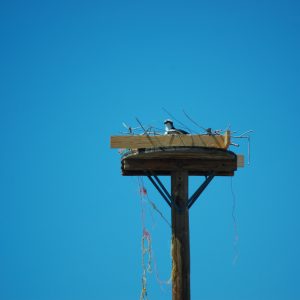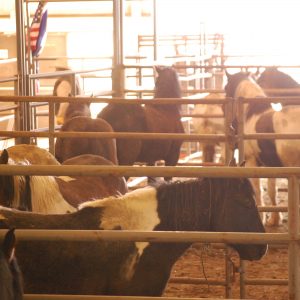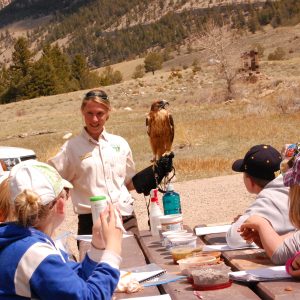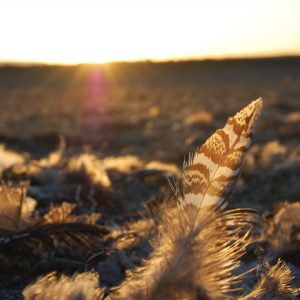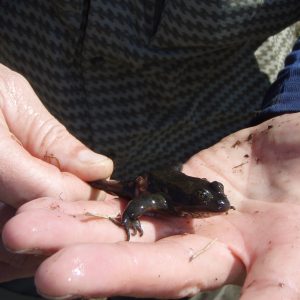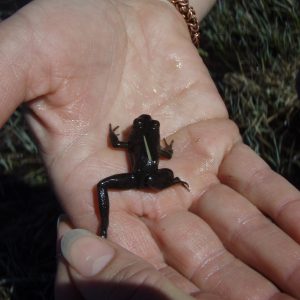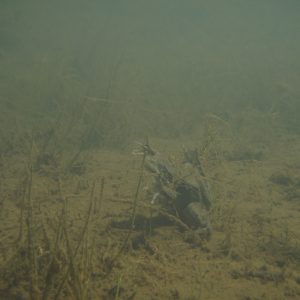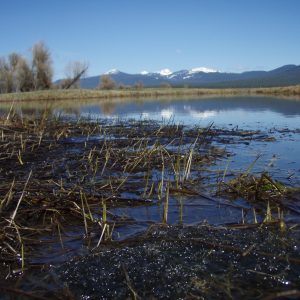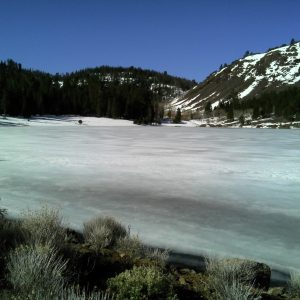Early this April, I received word that my internship would soon conclude. There was simply not any available funding to continue my position. Although I was disappointed to leave my internship prematurely, I can certainly look back on the experience and say that I was blessed with a myriad of opportunities during my time as an intern.
One of the most valuable, but unexpected gifts I received through my internship was the practice of quiet. While at work, I usually found myself quietly working on my own to accomplish the tasks of herbarium operation. These hours I spent “with myself” were so valuable in helping me practice being content with my own company through the course of a day. After beginning my new job helping manage a retail greenhouse (where I interact with many customers and co-workers throughout the day) I realized just how valuable that quiet time had been. Even though I thoroughly enjoy working with people, I was surprised when I realized how much I valued that stable solitude.
I was also given the opportunity to get to know a wide range of positively wonderful people! My co-workers were marvelous, and also incredibly knowledgeable and good-natured. My internship has also certainly been an excellent opportunity for networking within the Bureau of Land Management, and has allowed me to work with a variety of people in my field.
During the course of my internship, I had the chance to participate in a variety of projects. Most of these projects involved managing lichen specimen data using our access database. Since these data management projects involved so much data and and required quite a bit of time, I did not have the chance to see them to their completion before I left. However, I did get to see significant progression over time. I also mounted many herbarium vouchers, and made a sizable dent in the specimens that had been waiting for years to be mounted. One project I was able to see to completion was the organization and labeling of our small herbarium library, which now contains a variety of botany related literature.
Many thanks to everyone for the chance to work with the CLM internship program! With my internship now complete, I am excited about the possibilities of my new job, and I can’t wait to see where things lead!

